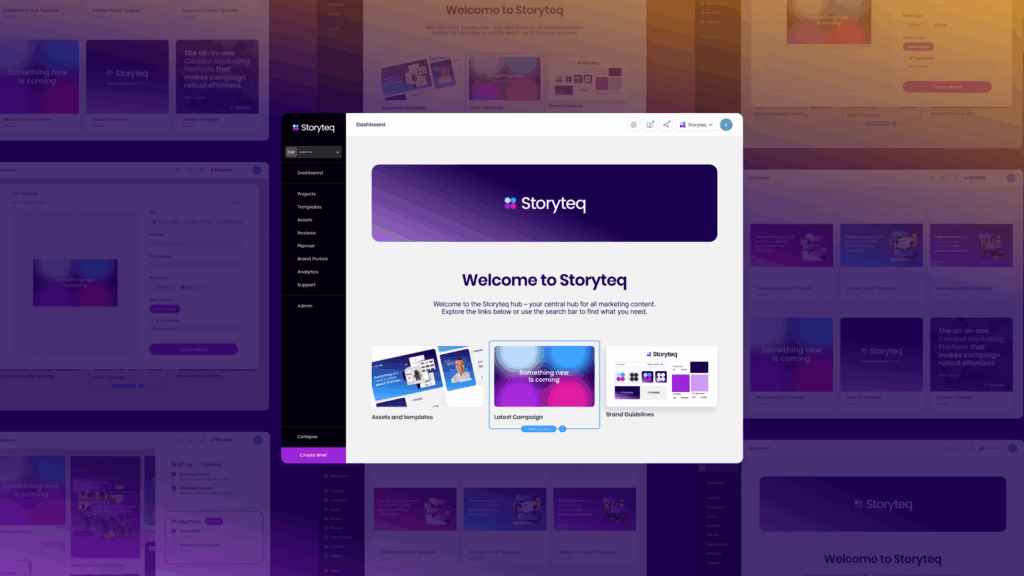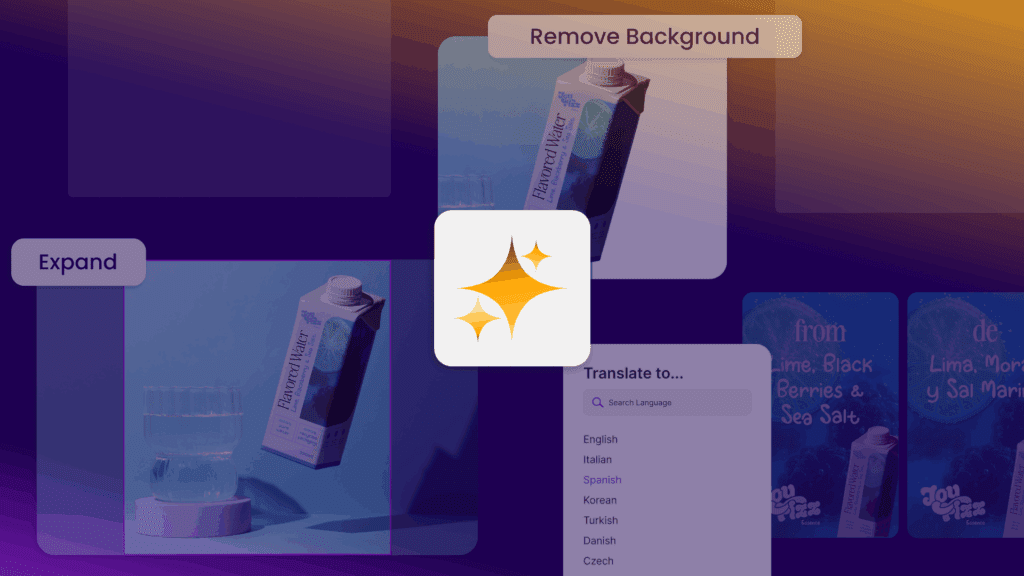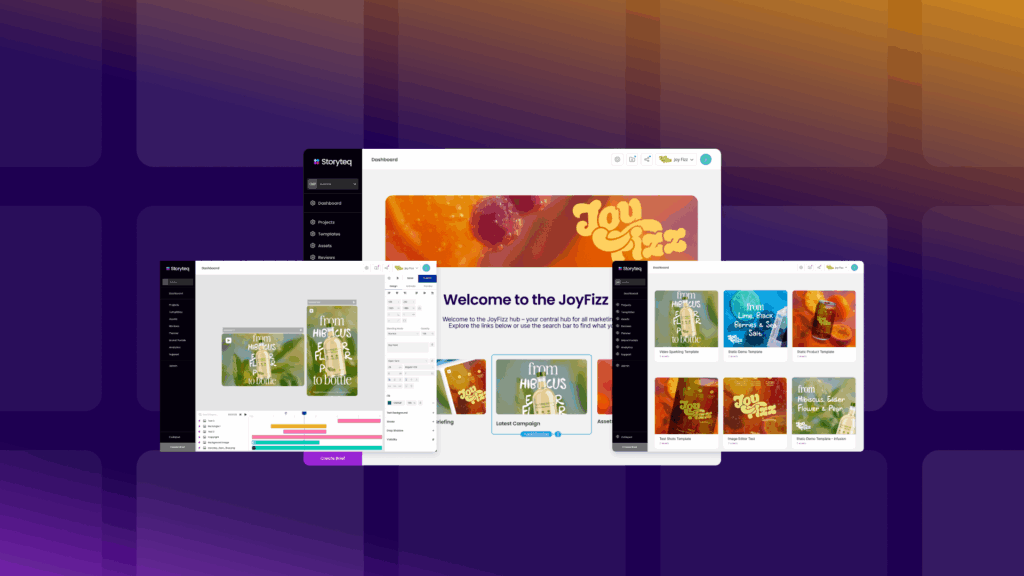Transcreation presents significant challenges that go beyond standard translation, requiring a delicate balance of linguistic expertise, cultural knowledge, and creative writing skills. The biggest challenges in transcreation include navigating complex cultural nuances, maintaining brand consistency across markets, overcoming communication barriers between teams, and finding professionals with the right skill set. Unlike translation, transcreation demands a complete reimagining of content that preserves the original intent, emotional impact, and persuasive elements while making it culturally relevant for new target audiences. This complex process requires deep understanding of both source and target cultures to create truly effective global marketing communications.
What is transcreation and why is it challenging?
Transcreation is the process of adapting content across languages while maintaining the original intent, tone, and emotional impact—essentially recreating the content for a new cultural context rather than simply translating it. This approach is fundamentally different from standard translation because it prioritizes preserving the emotional and persuasive elements of the message over literal word-for-word conversion.
The inherent challenge lies in the creative nature of the process. Transcreation requires making significant creative decisions that balance cultural sensitivity with marketing objectives. When adapting marketing campaigns, slogans, or advertisements, professionals must not only understand the literal meaning of words but also grasp cultural references, humour, wordplay, and emotional triggers that vary dramatically between markets.
Consider the difficulties of adapting creative marketing content that contains idiomatic expressions, cultural references, or plays on words. These elements rarely translate directly and often require complete reimagining to achieve the same impact in the target language. For example, a humorous advertisement that works brilliantly in the UK might fall completely flat in Japan if merely translated, as humour is deeply culturally embedded.
Additionally, transcreation is challenging because it requires serving two masters simultaneously: staying true to the original creative concept while making it resonate authentically with a new audience. This demands deep understanding of both source and target cultures, along with substantial creative flexibility to reimagine content when direct equivalents don’t exist.
How do cultural nuances impact transcreation effectiveness?
Cultural nuances have a profound impact on transcreation effectiveness, often determining whether campaigns succeed or fail in new markets. These nuances include cultural references, idioms, humour styles, taboos, and social norms that vary significantly across different regions and can create substantial adaptation challenges for marketing messages.
When adapting content for a new culture, transcreators must navigate a complex web of implicit cultural knowledge that native audiences possess. For instance, colours carry different symbolic meanings across cultures—white represents purity in Western cultures but can symbolize death in some Asian cultures. Similarly, certain gestures or images that are innocent in one culture might be offensive in another.
Language-specific idioms present particular challenges. A phrase like “it’s raining cats and dogs” makes perfect sense to English speakers but would be confusing if literally translated. Transcreators must find culturally equivalent expressions that evoke similar feelings rather than translating the words directly.
Humour is perhaps the most culture-specific element that impacts transcreation. What’s considered funny varies dramatically between cultures—British dry humour often doesn’t translate well to markets that prefer more explicit comedy. Similarly, wordplay and puns usually depend on language-specific features that have no direct equivalents in other languages.
Even more fundamentally, different cultures have varying communication styles. Some cultures value directness, while others prefer indirect communication. Some emphasize individual achievement, while others focus on collective benefits. Transcreation must account for these differences to ensure marketing messages resonate properly with local audiences.
| Cultural Element | Transcreation Challenge | Potential Solution |
|---|---|---|
| Idioms & Expressions | Direct translation loses meaning | Find culturally equivalent expressions |
| Humour | Different cultures find different things funny | Adapt to local humour preferences |
| Visual Elements | Images may carry different connotations | Adjust visuals to match cultural expectations |
| Communication Style | Direct vs. indirect preferences | Modify tone to match cultural norms |
Why is maintaining brand consistency difficult in transcreation?
Maintaining brand consistency in transcreation is difficult because it creates an inherent tension between adaptation for local markets and preserving global brand identity. This balancing act represents one of the most challenging aspects of transcreation, requiring marketers to decide which brand elements must remain consistent and which can be adapted.
Brand elements like voice, tone, values, and visual identity are carefully crafted to create a cohesive global image. However, these elements may need significant adjustment to resonate with local audiences. For example, a brand’s humorous, casual tone might be perfect for its home market but could appear unprofessional or inappropriate in more formal cultures.
The key challenge lies in determining how much adaptation is too much. If a brand adapts its messaging too drastically for each market, it risks diluting its core identity and confusing consumers who encounter the brand across different channels or regions. Conversely, if it remains too rigid and fails to adapt sufficiently, the brand may struggle to connect meaningfully with local audiences.
Transcreation teams often face conflicting priorities between global brand managers (who prioritize consistency) and local marketing teams (who understand regional preferences). Finding the right balance requires clear guidelines about which brand elements are non-negotiable and which have flexibility for local adaptation.
Practically speaking, this challenge manifests in decisions about whether to translate a slogan directly, adapt it while maintaining similar meaning, or create an entirely new slogan for a specific market. Similarly, visual elements may need adjustment—colours, imagery, or even spokesperson choices might require changes to reflect local cultural norms while still maintaining the brand’s overall look and feel.
How can teams overcome communication barriers in transcreation projects?
Teams can overcome communication barriers in transcreation projects by establishing clear processes, using collaborative tools, creating comprehensive briefs, and fostering ongoing dialogue between all stakeholders. These barriers typically arise from the complex collaboration required between creative teams, translators, local market experts, and client stakeholders throughout the transcreation process.
The first major challenge is creating clear transcreation briefs. Unlike standard translation, transcreation requires understanding the creative intent, emotional impact, and desired audience reaction of the original content. Comprehensive briefs should include not just the content to be transcreated but also information about the target audience, cultural context, brand guidelines, and the emotional response the content should evoke.
Another significant barrier is the multiple handoffs between different specialists. A typical transcreation project might involve original creators, project managers, transcreators, local market reviewers, and client approvers. Each handoff creates potential for miscommunication or misinterpretation of the original creative intent.
To address these challenges, successful teams implement several practical solutions:
- Creating detailed transcreation briefs with context and rationale for creative decisions
- Establishing glossaries and style guides specific to each market
- Using collaborative platforms where all stakeholders can communicate directly
- Building in review stages that include both linguistic accuracy and creative impact
- Implementing back-translation (translating the adapted content back to the original language) to verify the intent has been preserved
Technology can play a crucial role in facilitating this communication. Project management platforms, shared asset repositories, and centralized feedback systems help maintain clarity throughout the process. Learn more about platforms that streamline complex content production workflows and help overcome these communication challenges.
Additionally, establishing continuous feedback loops between creative teams and local market experts throughout the process—rather than just at the review stage—helps catch potential issues early and ensures the transcreated content will resonate effectively with the target audience.
What skills are essential for successful transcreation professionals?
Successful transcreation professionals need a unique combination of linguistic expertise, cultural knowledge, marketing understanding, and creative writing abilities. This rare multidisciplinary skill set makes finding qualified transcreation specialists one of the biggest challenges in the field.
First and foremost, transcreation requires native-level fluency in both the source and target languages. This goes beyond simple bilingualism to include deep understanding of idioms, wordplay, cultural references, and the emotional connotations of words in both languages. A transcreator must be able to detect subtle nuances in the original content that might be missed by someone with merely functional language skills.
Cultural knowledge is equally important. Effective transcreators need immersive understanding of both cultures involved, including social norms, values, taboos, humour preferences, and current trends. This cultural knowledge allows them to identify potential issues in the original content and create culturally appropriate adaptations that will resonate with the target audience.
Marketing expertise is another essential component. Transcreators must understand marketing principles, brand positioning, and persuasive communication techniques. They need to recognize how marketing messages work in different cultural contexts and adapt strategies accordingly while still achieving the original marketing objectives.
Perhaps most importantly, transcreation demands exceptional creative writing skills. Unlike translators who primarily focus on accuracy, transcreators must be able to craft compelling new content that preserves the intent and impact of the original while being culturally relevant to the target audience. This creative ability—reimagining content rather than simply converting it—is what truly distinguishes transcreation from other forms of language services.
Additionally, successful transcreators need strong analytical skills to deconstruct the original content’s purpose and effect, along with the strategic thinking to recreate those elements in a different cultural context. They must be able to justify their creative decisions and explain how their adaptations maintain the essence of the original message.
Finding professionals with this comprehensive skill set remains a significant challenge in the transcreation industry, often requiring specialized training and experience in both creative and linguistic fields.
Conclusion
Transcreation challenges extend far beyond simple language barriers, requiring professionals to navigate complex cultural landscapes while maintaining brand integrity and marketing effectiveness. As we’ve seen, the biggest challenges include balancing cultural adaptation with brand consistency, overcoming communication barriers between teams, and finding professionals with the rare combination of linguistic, cultural, and creative skills needed for effective transcreation.
For global brands, addressing these challenges isn’t optional—it’s essential for creating marketing communications that truly resonate across different markets. The most successful transcreation projects involve clear processes, strong collaboration between creative and local market teams, and a willingness to adapt content meaningfully rather than simply translating it.
At Storyteq, we understand these challenges intimately. Our platform helps marketing teams streamline complex content production workflows, making it easier to manage multilingual campaigns while maintaining both brand consistency and local relevance. If you’re looking to scale your marketing content across multiple markets without sacrificing quality or cultural relevance, request a demo today to see how we can help you overcome the biggest transcreation challenges.



